The Organization of Petroleum Exporting Countries (OPEC) meeting on June 22 in Vienna garnered much more attention than usual. Oil ministers from OPEC and cooperating non-OPEC countries (notably Russia) agreed to raise production in response to the highest oil prices since 2014. Rapidly growing U.S. oil production likely changed the thought process of OPEC ministers, making the decision to raise production easier.
A number of conditions brought about the tight oil market and rising prices. Global oil demand has grown since OPEC and a few other oil producers agreed to cut production in late 2016. At the same time, oil production in Venezuela has plummeted as the economy there goes into free fall. An additional 360,000 barrels per day of production just went offline in the Canadian oil sands, demonstrating that an oil supply disruption can come from anywhere.
The market is also anticipating significant reductions in oil exports from Iran over the next few months. This was the first OPEC meeting since President Trump announced that the United States would leave the Iran nuclear deal. U.S. sanctions on Iranian oil production will come back into effect in November and the United States is signaling that it expects its allies to eliminate oil imports from Iran by then. The Trump administration is taking a harsher line than the Obama administration did in the lead up to the deal, stating that it does not intend to issue waivers on secondary sanctions to those who import Iranian oil, as my colleague Suzanne Maloney explored in a recent post.
But, one might ask, where is U.S. oil production in this equation? What about the promise of energy dominance? Why are we looking to OPEC to increase supply? The answer is all about timing.
Only spare production capacity or strategic stocks can immediately make up for shortages in oil supply. Saudi Arabia is generally the world’s main holder of spare capacity, but today the United Arab Emirates, Kuwait, and Russia also have spare capacity owing to the current production cuts. In the United States, where private companies undertake oil and gas development, companies do not hold spare capacity in reserve because it does not make economic sense to do so (I explored this topic in an earlier post). Nations that belong to the International Energy Agency, created by oil importing countries to enhance energy security, hold 90 days’ worth of crude oil stocks in order to deal with supply disruptions. However, they generally save this oil for emergencies, rather than structurally tight markets.
Nonetheless, U.S. production is truly changing the equation for OPEC because it differs in important ways from traditional oil production. Traditional oil projects take years of up-front investment to produce their first oil. On the contrary, U.S. tight oil wells can be drilled and producing oil in a few months, making this rapidly growing supply source much more responsive to price swings.
The growing importance of U.S. oil production is likely changing how OPEC producers think about responding to rising prices. In the old days, OPEC members could count on long lead times for new oil projects to come online, meaning that tight markets and high prices could endure for years. Today, U.S. oil production can respond more quickly to market conditions, meaning that periods of tight supply are likely to be shorter in duration. If oil ministers had not agreed to increase production, they understand that their gains would have been short-lived, and that they would give up market share when U.S. production responds in six to nine months. Current infrastructure bottlenecks in the United States might delay this supply response somewhat, but U.S. production can certainly respond much faster than traditional large projects.
An additional factor that may have weighed into the ministers’ decision is the potential for a plateau in global oil demand. Predicting when oil demand might level off is a difficult exercise, but the timing doesn’t matter so much as the near certainty that it will happen in the coming decades. OPEC members understand that at some point in the future when demand plateaus and declines, oil will not be worth as much as it is today. This reality argues for increasing production in times of tight markets—selling oil now and maintaining market share is likely to be a better strategy than saving it for later when it may be worth less.
As all these factors play out in the global oil market, the November midterm elections are approaching in the United States. The Trump administration wants low gasoline prices for political reasons, but also wants to maximize the effect on Iran of the re-imposition of sanctions. President Trump is trying to have it both ways and recently tweeted that he had spoken to King Salman of Saudi Arabia about further raising oil production. But the administration will find that actions that pull crude oil away from a tight market have ramifications at home, despite the U.S. emergence as a powerhouse of crude oil production.
The Brookings Institution is committed to quality, independence, and impact.
We are supported by a diverse array of funders. In line with our values and policies, each Brookings publication represents the sole views of its author(s).


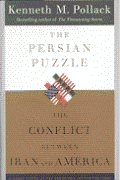
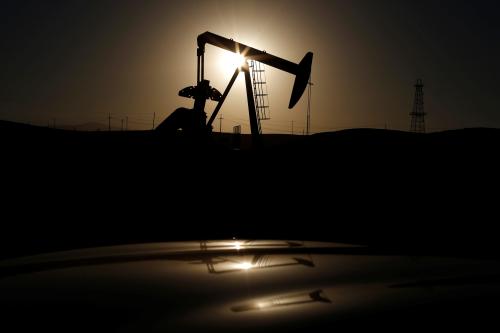
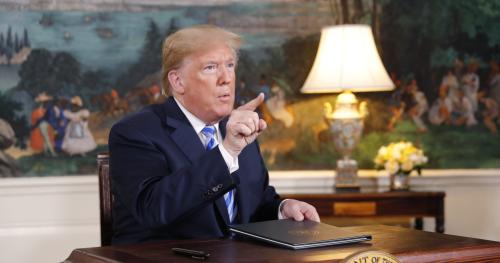
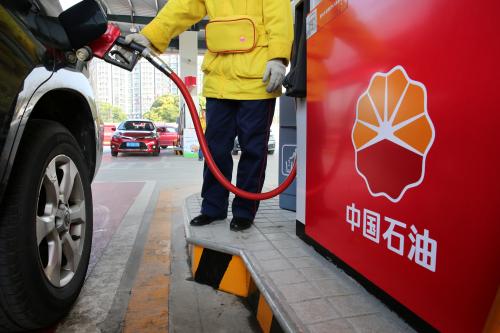


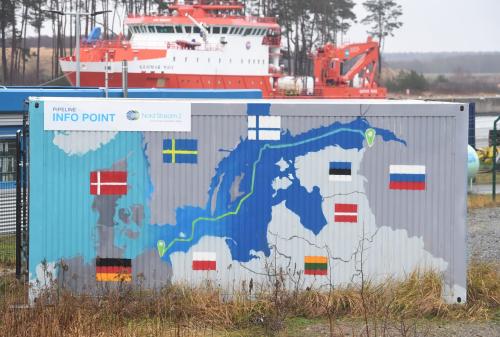
Commentary
What higher oil prices mean for OPEC and the U.S.
July 2, 2018